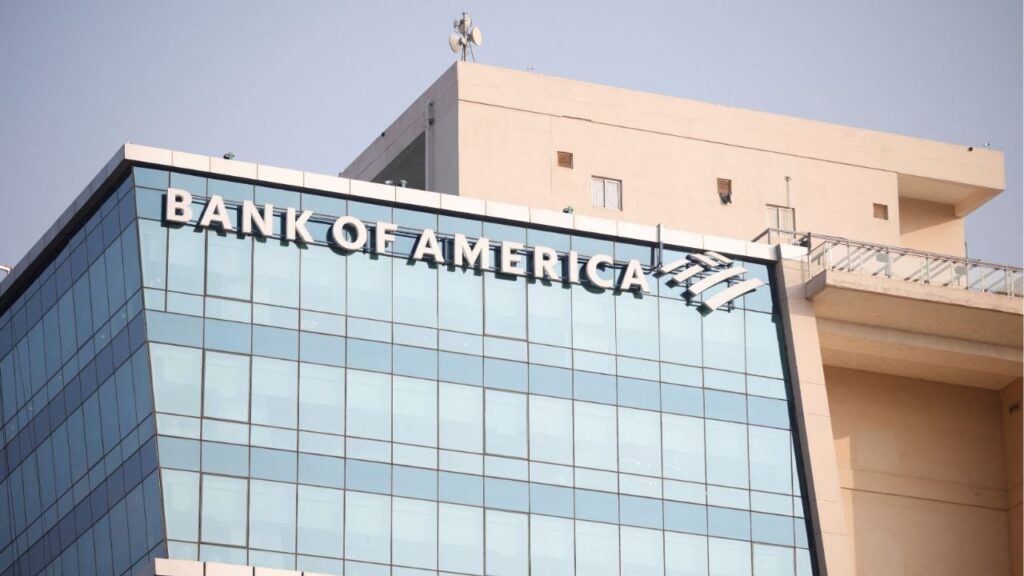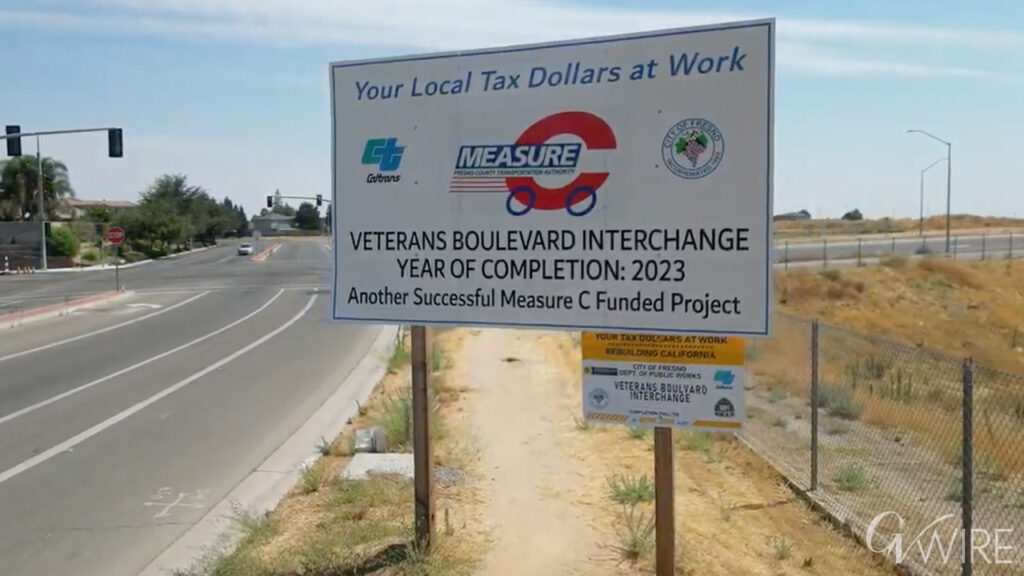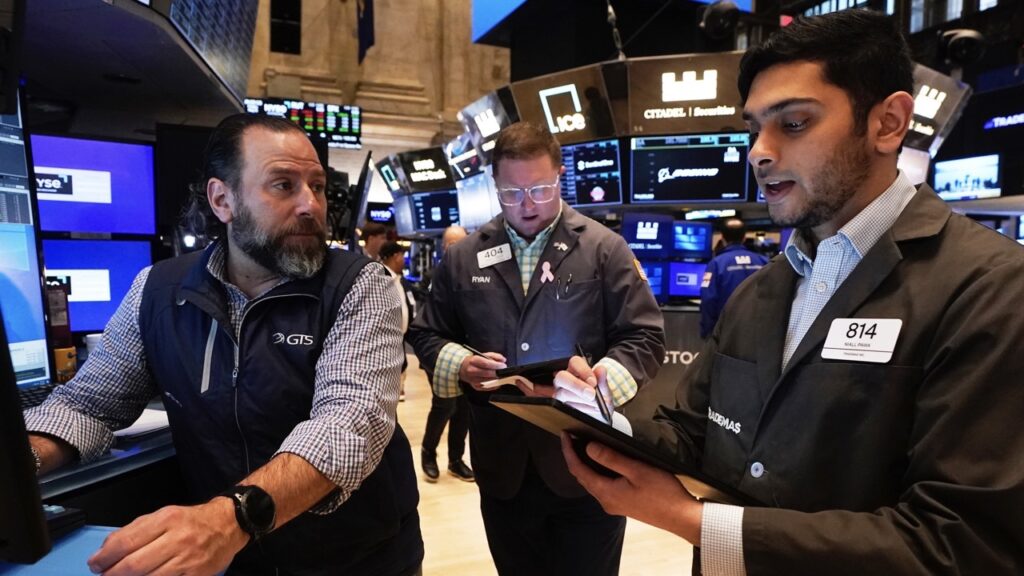FILE — A high-speed rail overpass under construction in Hanford, Calif., April 4, 2025. President Donald Trump said Tuesday, May 6, 2025, that the federal government will not pay for California’s high-speed train, another potential wrinkle in a troubled project that has repeatedly blown past its budget and completion timeline since voters approved funding in 2008. Calif., April 4, 2025. (Ian C. Bates/The New York Times)

- California's high-speed rail project faces another setback as Trump vows to cut federal funding due to escalating costs.
- Gov. Newsom defends the rail project, emphasizing job creation and the risk of ceding infrastructure advantages to China.
- The dispute over funding continues a pattern, with a previous Trump administration cut later restored under Biden.
Share
SACRAMENTO — President Donald Trump said Tuesday that the federal government will not pay for California’s high-speed train, another potential wrinkle in a troubled project that has repeatedly blown past its budget and completion timeline since voters approved funding in 2008.
Project Plagued by Delays and Overruns
“That train is the worst cost overrun I’ve ever seen,” Trump told reporters in the Oval Office during a joint appearance with Prime Minister Mark Carney of Canada. “It’s, like, totally out of control.” He added, “This government is not going to pay.”
The president’s comments came three months after his administration launched a review of how California is spending a $3.1 billion federal grant issued under the Biden administration. That audit has not yet been completed.
The project was originally envisioned as a $33 billion bullet train that would, by 2020, whisk people between San Francisco and Los Angeles in less than three hours. But plans have been stymied by inflation, lawsuits over land acquisitions and lengthy environmental reviews, along with repeated tussles over funding. The cost has more than tripled, the scope of the line has been scaled back, and completion is now slated for 2033 for an initial segment that connects two smaller cities in the Central Valley.
During a press briefing in the Oval Office on Tuesday, President Trump called out California Governor Gavin Newsom and the High-Speed Rail project. “The worst cost overrun I’ve ever seen. We’re not going to pay.”
MORE: https://t.co/txTx6Lui8T pic.twitter.com/uDPr8lrytK
— FOX26 News (@KMPHFOX26) May 6, 2025
Governor Newsom Defends Project’s Progress
Construction on that portion is underway, with Gov. Gavin Newsom visiting Bakersfield in January to tout progress on the project.
“With 50 major structures built, walking away now as we enter the track-laying phase would be reckless — wasting billions already invested and letting job-killers cede a generational infrastructure advantage to China,” Izzy Gardon, the governor’s spokesperson, said in response to Trump’s comments.
Newsom rode China’s high-speed rail on a visit to that country in 2023, highlighting the possibilities of the technology as the train whizzed through the countryside on the way to Shanghai.
Ongoing Feud Over Federal Funding
Rep. Kevin Kiley, R-Calif., has been critical of the project for years and has called on the FBI to investigate the cost overruns. “There is zero justification for any further funding, state or federal, for the high-speed rail project,” Kiley said Tuesday.
He said the state’s federal transportation funding should be spent instead on “improving our roads, alleviating traffic and bolstering regional transit systems that people can actually use.”
A spokesperson for the California High-Speed Rail Authority, the agency planning and building the train, said the project has resulted in 15,000 construction jobs and is delivering results, “despite the noise in Washington.”
The president mocked Newsom on Tuesday by calling him “Gavin Newscum.” Trump said that while he’d like to see Newsom run for president, he believes the governor’s political future is doomed because of the delays in the train project and the devastation from the Los Angeles wildfires this year.
Newsom’s spokesperson fired back by calling Trump “the self-described ‘King of Debt’ who ran a steak company, a casino and a global economy — all into the ground.”
This is hardly the first time Trump and Newsom have dueled over high-speed rail. During Trump’s first administration, he yanked nearly $1 billion in federal funding for the project, saying at the time that “the cost overruns are becoming world-record-setting.” California sued and got the money back through a settlement reached with the Biden administration in 2021.
—
This article originally appeared in The New York Times.
By Laurel Rosenhall/Ian C. Bates
c. 2025 The New York Times Company



















